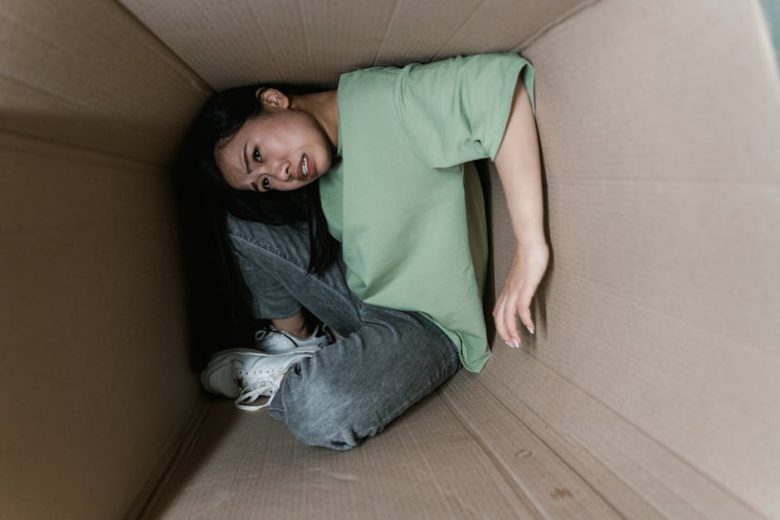In recent years, the rise of artificial intelligence (AI) has transformed various industries, and the art world is no exception. AI art generators have emerged as innovative tools that allow users to create stunning visuals with the click of a button. However, this technological advancement raises an intriguing question: how do AI-generated artworks compare to those created by traditional artists? This article aims to explore the differences and similarities between these two approaches, shedding light on their respective merits and challenges.
Traditional artists have long been revered for their unique ability to convey emotions, tell stories, and express their individual perspectives through their work. Their creations often reflect years of dedication, skill development, and personal experiences. In contrast, AI art generators rely on algorithms and vast datasets to produce images, often mimicking styles and techniques from established artists. This dichotomy presents a fascinating juxtaposition between human creativity and machine efficiency, prompting a deeper examination of what constitutes true artistry.
One of the primary distinctions between AI art generators and traditional artists lies in the creative process. Traditional artists engage in a labor-intensive journey that involves brainstorming, sketching, and refining their ideas over time. This process allows for personal growth and artistic evolution, as artists learn from their mistakes and adapt their techniques. Conversely, AI art generators operate on pre-existing data, analyzing patterns and styles to generate new images almost instantaneously. While this can lead to impressive results, critics argue that it lacks the depth and personal touch that human artists bring to their work.
Another significant difference is the emotional connection that viewers often feel toward traditional art. When people encounter a painting or sculpture created by a human artist, they may resonate with the artist’s story, struggles, and triumphs woven into the piece. This emotional connection can be a powerful driver of appreciation and engagement. In contrast, AI-generated art can sometimes feel detached or impersonal, as the absence of a human backstory may lead viewers to question the authenticity and emotional weight of the piece. This raises important questions about the role of intention and narrative in the appreciation of art.
Moreover, the accessibility of AI art generators presents both advantages and challenges. With user-friendly interfaces and minimal technical skills required, these tools have democratized art creation, empowering individuals who may not have formal training to express their creativity. This has led to a surge of new voices and styles in the art world. However, some traditional artists express concern that the proliferation of AI-generated art may devalue their work and lead to oversaturation in the market. The debate around copyright and ownership further complicates this landscape, as artists grapple with how to protect their intellectual property in a world where machines can replicate styles and techniques.
In conclusion, the ongoing dialogue between AI art generators and traditional artists highlights the evolving nature of creativity in the digital age. Each approach offers distinct advantages and challenges that contribute to the rich tapestry of artistic expression. While AI-generated art can enhance accessibility and efficiency, traditional artists continue to embody the emotional depth and personal narratives that resonate with audiences. As technology and art continue to intersect, it remains essential to appreciate the unique contributions of both human and machine, fostering a collaborative future that honors the essence of creativity.



